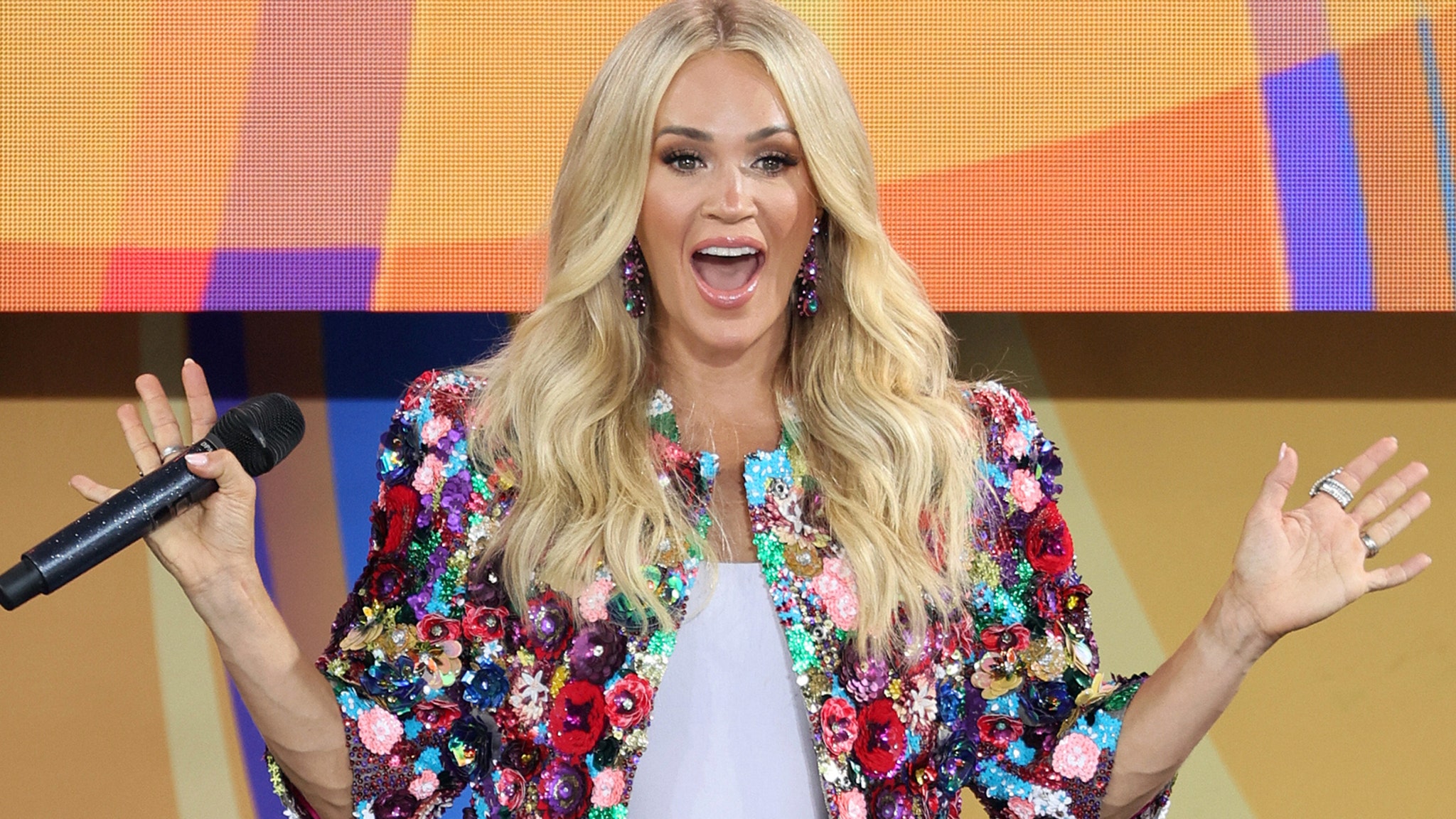Streaming services have homed in on a new strategy to keep subscribers engaged: What if you could get some turkey with your Peacock? Some milk with your Mandalorian?
In a bid to expand their user base and to reduce churn, a slew of streamers have cut deals with companies in the grocery business, betting that aligning entertainment with those selling a necessity like food can bolster both sides of the equation.
On Oct. 8, Disney and Kroger announced a deal that will give Boost With Kroger Plus members ($99 a year) a subscription of their choice to ad-supported Disney+, Hulu or ESPN+ at no extra charge; this summer, Warner Bros. Discovery pacted with grocery and food delivery service DoorDash, giving DashPass members ($96 a year) free access to the ad-supported tier of Max; in November, NBCUniversal teamed with the similar service Instacart to give Instacart+ members ($99 a year) free subscriptions to Peacock; and Walmart continues to offer complimentary Paramount+ to its Walmart+ ($98 a year) subscribers.
The streaming partnerships follow, of course, the original bundle of video and vittles: Amazon Prime. A Prime membership for $139 a year gets users Fallout, Thursday Night Football on Prime Video and a discount on focaccia (and other products) in Whole Foods stores. (Netflix, meanwhile, has dismissed the idea of bundling.)
“Times are tough, budgets are tight from a household perspective, and so there are trade-offs that consumers are being forced to make,” says Jana Arbanas, Deloitte’s vice chair and U.S. telecom, media and entertainment sector leader. “And that’s why I think it is a really interesting proposition for streamers to be partnering with these grocers or delivery subscriptions, because those things are, for all intents and purposes, non-negotiables.”
Entertainment subscriptions are seen as disposable, Arbanas says, with consumers being picky about what they keep and what they cancel. And surveys suggest that consumers also feel like they aren’t getting great value from them.
“Not only is entertainment sort of disposable — I don’t have to have it if I’m tightening my belt — but I also feel like it’s the service that I pay too much for,” Arbanas says of the research.
An executive at a major streaming service frames the deals as a churn protector: Given how frequently consumers subscribe and cancel (Deloitte pegs the average churn rate at 44 percent, suggesting a high turnover among subscribers every year), being pegged to a different type of subscription with a lower churn rate can help alleviate those concerns.
In fact, Prime is the North Star in many of these talks … for both parties. By now, most people know that Amazon’s free and fast shipping is the major draw for subscribers, with Prime Video serving as a bonus. Now, both grocers and streamers are trying to replicate the model with their own value propositions. This executive adds, “We need to have partners that can help keep subscribers in the fold.”
And there are other moves at play too. Arbanas notes that the grocery partnerships could bring in new types of customers and demographics, critical for building mass scale in streaming; and there is also the possibility that the streamer and the grocer could share valuable customer data, potentially leading to better ad targeting.
“There’s some real power in there if you’re watching a show and they already know the types of things that I buy from my grocer, and something is on sale or it’s an adjacent product, and you could give me a personalized ad — which I’d prefer to watch anyway — and then I can instantly purchase it on the platform,” Arbanas says. “I do think that is a really interesting opportunity for both of those companies to win.”
Perhaps, say, some sponge cake alongside your SpongeBob SquarePants?
This story first appeared in the Oct. 23 issue of The Hollywood Reporter magazine. To receive the magazine, click here to subscribe.




















 English (US) ·
English (US) ·